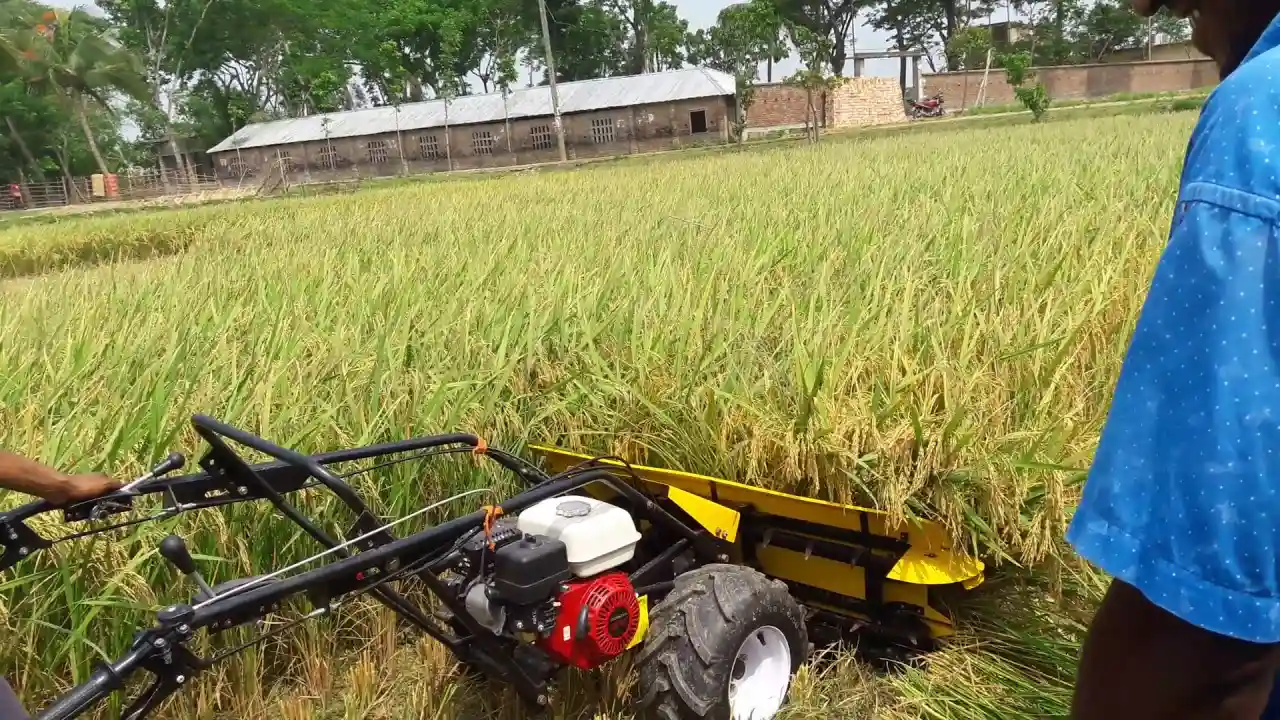Saif
Senior Member
- Messages
- 14,068
- Reaction score
- 7,446
- Origin

- Residence

- Axis Group

Agriculture Sectors
Last published date: 2022-07-20
Although Bangladesh imports bulk commodities such as wheat, soybeans, and pulses, there are niche segment opportunities for high-value agricultural product imports, particularly in more affluent urban centers such as Dhaka and Chittagong. Strong consumer demand exists for imported fresh fruits, tree nuts, and dairy products, as well as processed food products.
Total Market Size for Agricultural Products: 2016-2021
total market size = (total local production + imports) - exports)
Units: $ millions
Last published date: 2022-07-20
Overview
A rising middle class (estimated at over 30 million) has fueled demand for high-quality agricultural products. According to the Bangladesh Bureau of Statistics for FY 2020-21, crops, livestock, fisheries, and forest products accounted for about 12.5 percent of Bangladesh’s total GDP and employed approximately 40 percent of the total population. Most agricultural production in Bangladesh is characterized as traditional subsistence farming. Bangladesh produces a variety of agricultural products such as rice, wheat, corn, legumes, fruits, vegetables, meat, fish, seafood, and dairy products. Rice is the main staple in the Bangladeshi diet. Lack of arable land and limited natural resources increase the importance of developing new agricultural technologies, such as salt tolerant or submergence tolerant seed varieties, to help increase productivity and meet future demand. Floods, cyclones, and biotic-abiotic stress can also affect agricultural productivity levels and incomes.Although Bangladesh imports bulk commodities such as wheat, soybeans, and pulses, there are niche segment opportunities for high-value agricultural product imports, particularly in more affluent urban centers such as Dhaka and Chittagong. Strong consumer demand exists for imported fresh fruits, tree nuts, and dairy products, as well as processed food products.
Total Market Size for Agricultural Products: 2016-2021
| 2016 | 2017 | 2018 | 2019 | 2020 | 2021 | |
|---|---|---|---|---|---|---|
| Total Local Production | $30,424 | $33,374 | $35,882 | $38,095 | $37,568 | $38,801 |
| Total Exports | $1,488 | $1,625 | $1,418 | $1,600 | $1,343 | $1,586 |
| Total Imports | $5,991 | $9,470 | $5,952 | $8,000 | $8,442 | $10,334 |
| Imports from the U.S. | $496 | $889 | $1,087 | $1,300 | $966 | $1,031 |
| Total Market Size | $34,927 | $41,219 | $40,417 | $44,495 | $44,667 | $47,549 |
| Exchange Rates | 79 | 81 | 82 | 84 | 85 | 85 |
total market size = (total local production + imports) - exports)
Units: $ millions
Leading Sub-Sectors
The processed food industry accounts for approximately 13 percent of all manufacturing production value and employs 6.5 percent of the manufacturing labor force. The industry employs 1.4 percent of the country’s total labor force, and the sector is dominated by small- and medium-sized enterprises strongly linked to local production. There are nearly 292 medium-sized food manufacturing enterprises in the country processing baked goods, confectionery items, fruits and vegetables, cereals, dairy goods, fruit juices, and other foods and beverages.Opportunities
Agricultural equipment and technology; agriculture inputs, including feed, seeds, pesticides, and fertilizer; dairy processing equipment; fish processing equipment; packaging and canning equipment and technology; agriculture infrastructure consulting services and solutions, including silos and cold chain/cold storage facilities.Resources
- Ministry of Agriculture
- Bangladesh Agricultural Research Council
- Food and Agriculture Organization
- Ministry of Food
- Ministry of Livestock and Fisheries
- Ministry of Textile and Jute
- Ministry of Commerce



















